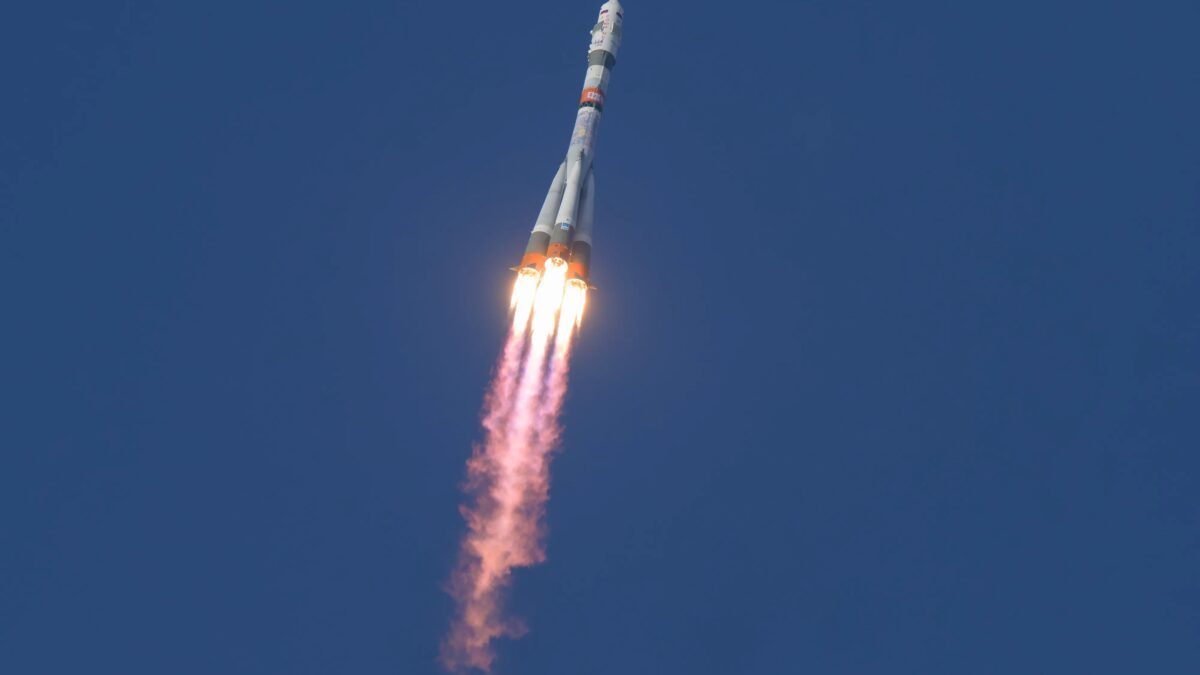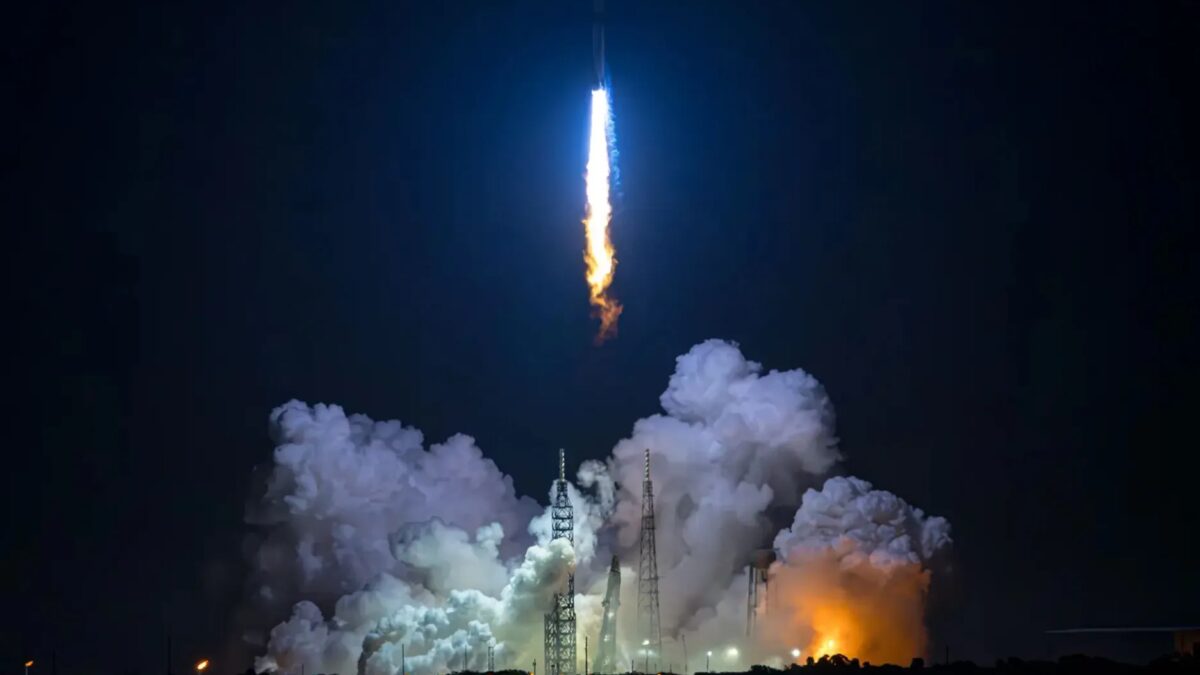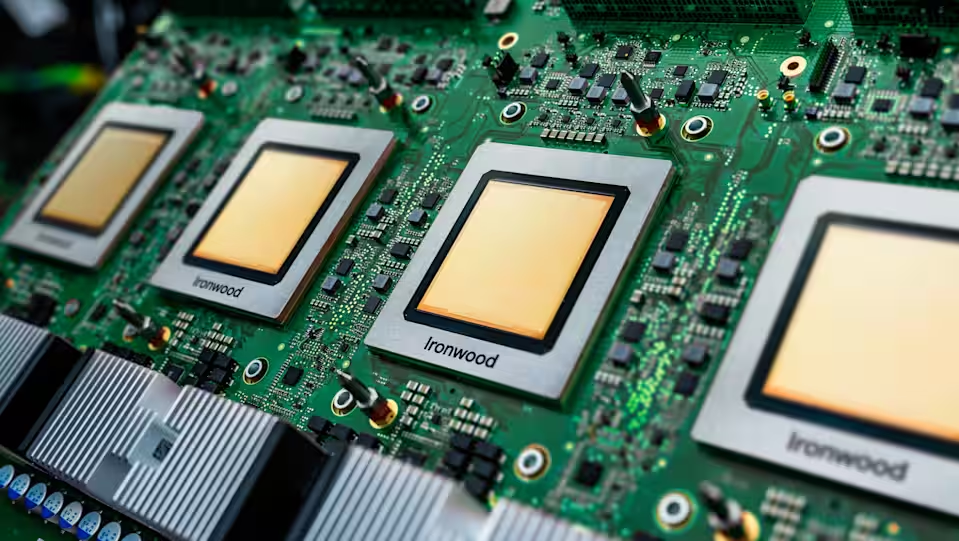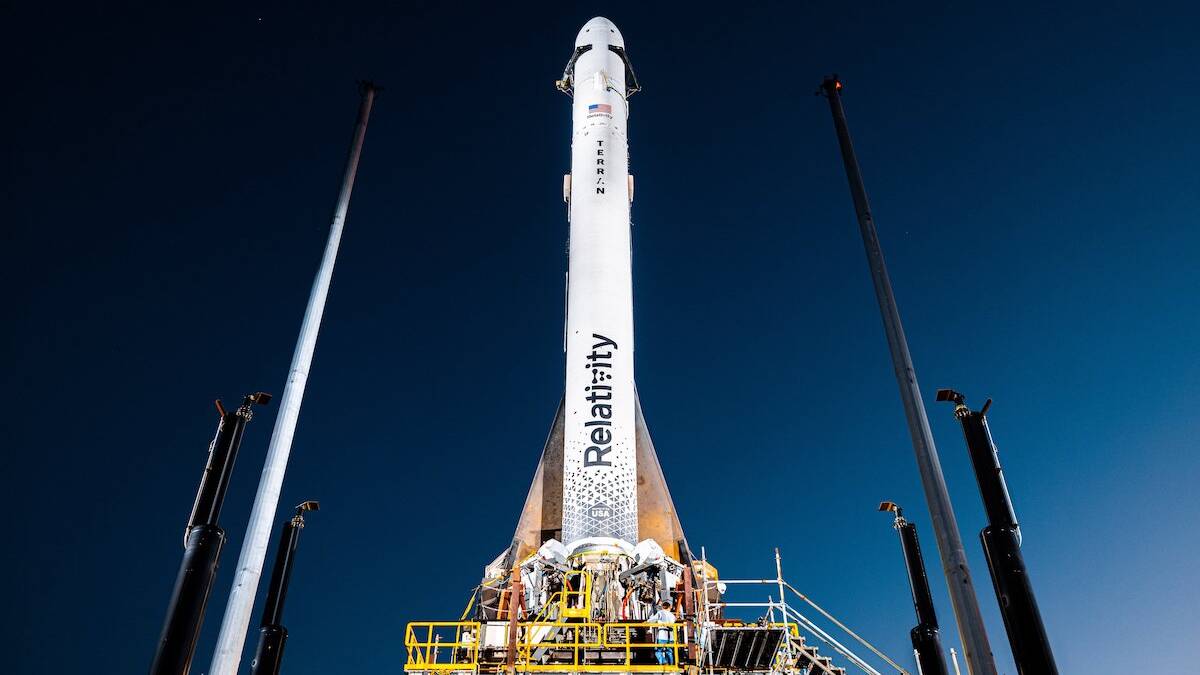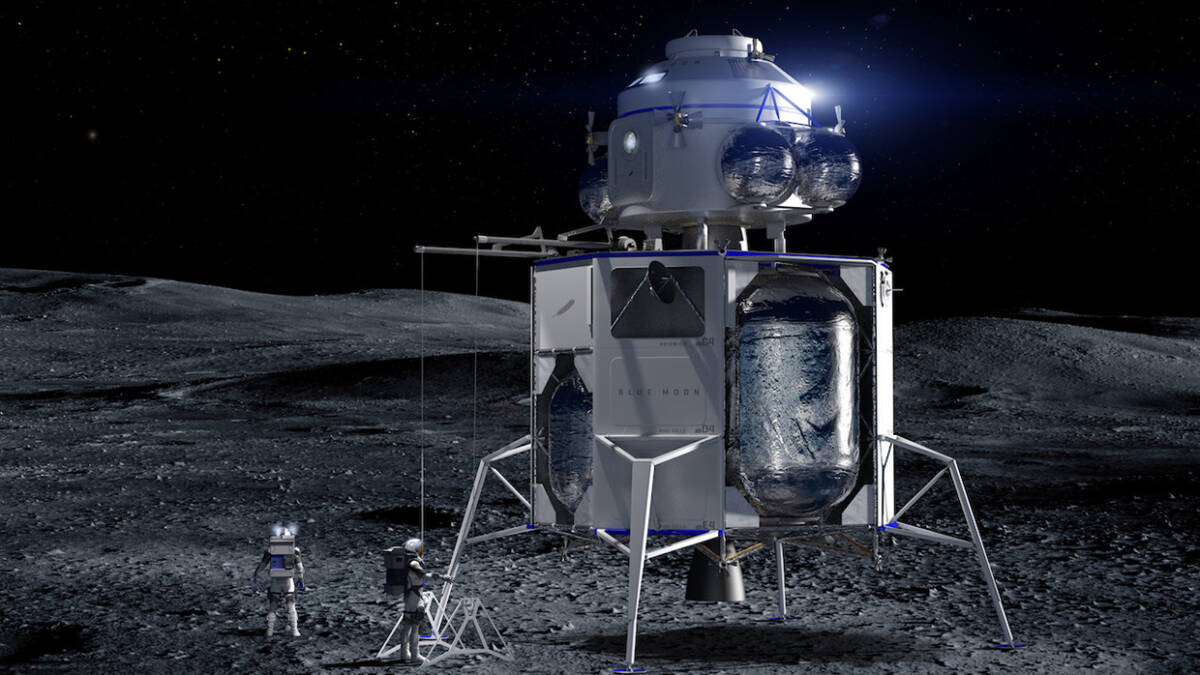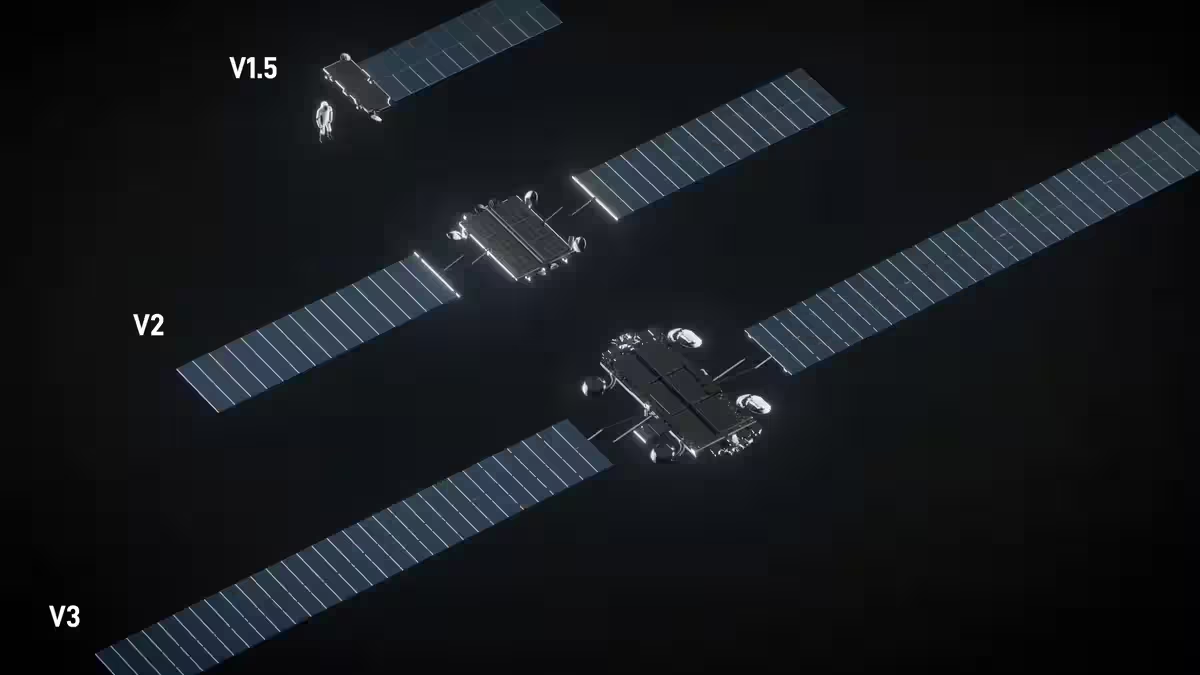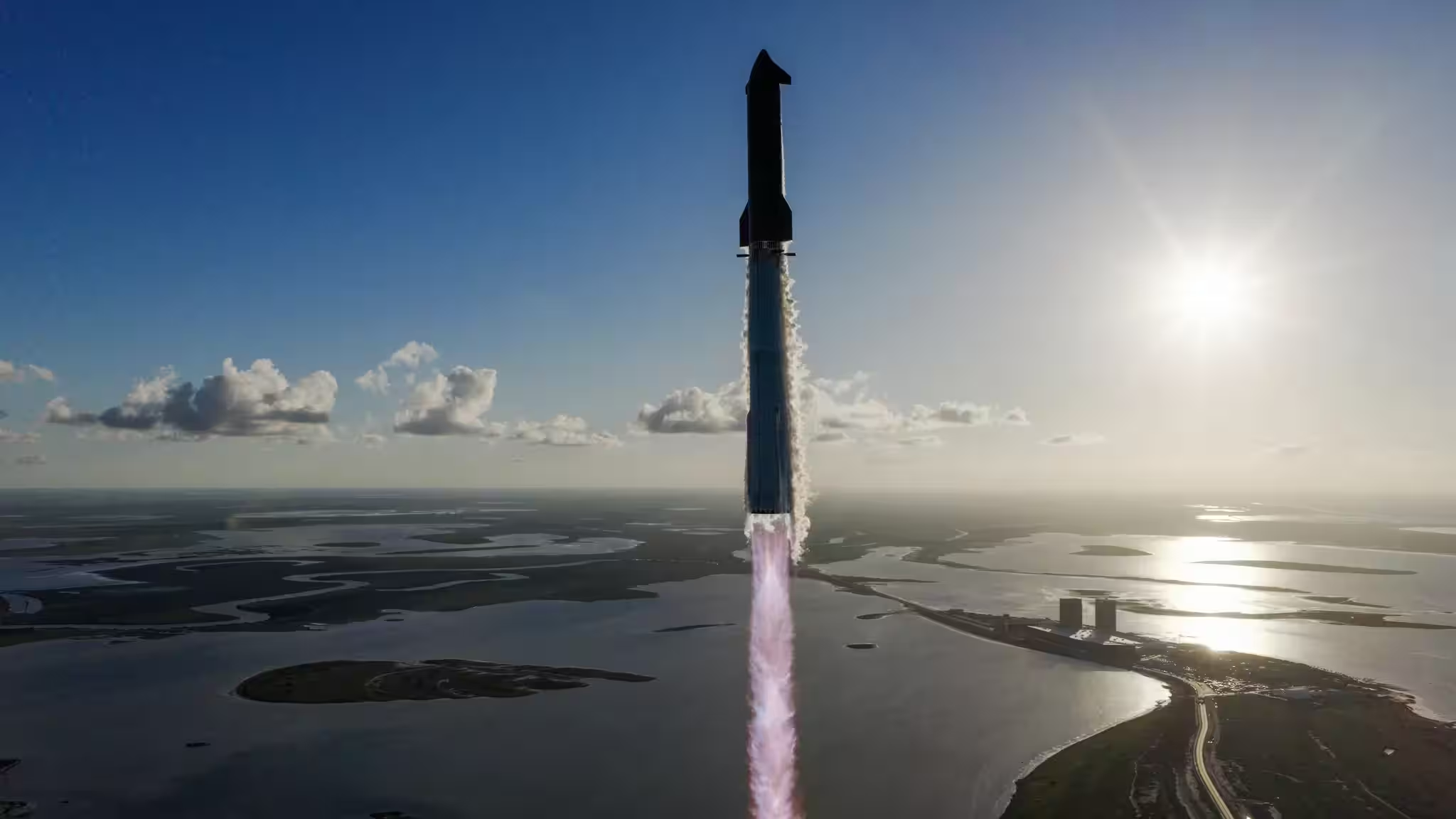SpaceX has launched the first manned mission to Earth’s poles – and it’s a game changer

Ilon Musk’s company has sent a unique private expedition into space – the Fram2 mission. It’s the first manned mission in history and aims to explore the polar regions of our planet, previously inaccessible even from the ISS. But the main intrigue is not only in the route: scientists expect from this mission revolutionary data on human health in space.
Fram2: from launch to orbit
The launch took place on March 31 at 9:46 p.m. ET (4:46 a.m. Moscow time) using a Falcon 9 rocket. The crew aboard the Crew Dragon capsule reached an orbit 430 kilometers high – higher than the International Space Station. At this altitude, Fram2 will be able to circle the Earth on a trajectory from the North Pole to the South Pole in just 46 minutes, making it the first manned flight with the ability to observe both poles in a single mission.
SpaceX has already released the first footage – spectacular views of the polar regions from orbit. The mission will last three to five days, during which time it will collect a wealth of data about both the Earth and the body’s response to being in space.
SpaceX has already released its first footage – spectacular views of the polar regions from orbit.
Light anomalies and northern lights of a new type
In addition to classical observations of polar ice and atmospheric phenomena, the Fram2 crew will record unusual light phenomena known as STEVEs -bright purple-green ribbons similar to the northern lights, but different in origin and structure.
The phenomena cannot be observed from the ISS because of its equatorial orbit, and Fram2 is the first manned mission capable of directly studying them in situ. This opens up new horizons in understanding high-latitude processes in the Earth’s atmosphere.
22 experiments for the future of life in space
The mission’s main scientific goal is to test how the human body reacts to the conditions of prolonged exposure to space. To do this, Fram2 participants will conduct 22 unique experiments, including:
- Make the first-ever human X-rays in space
- Study the effects of microgravity on muscle and bone mass using customized exercises;
- Analyze sleep quality and stress levels using wearable devices;
- Analyze blood glucose monitoring
- Monitor the hormonal background of women in weightlessness
In addition, upon returning to Earth, the crew will not receive the usual medical support immediately after landing. The goal is to understand how the body adapts to gravity on its own. Each participant will undergo an MRI scan immediately after landing.

